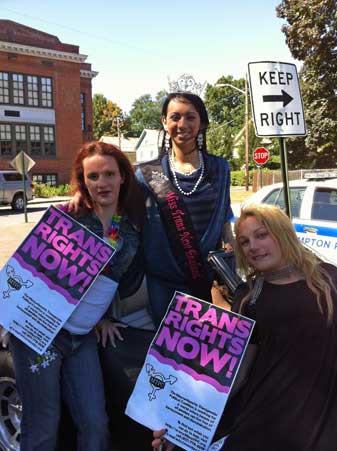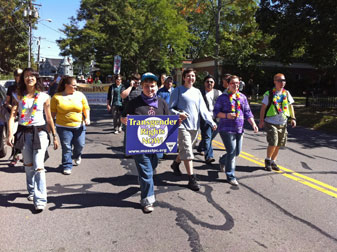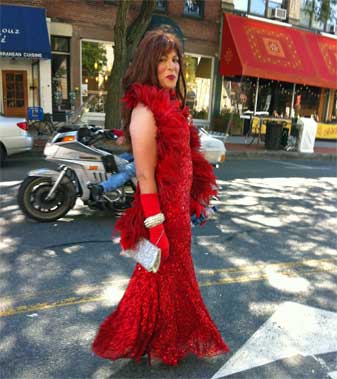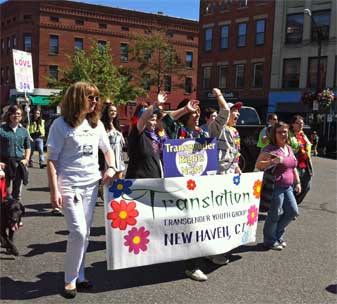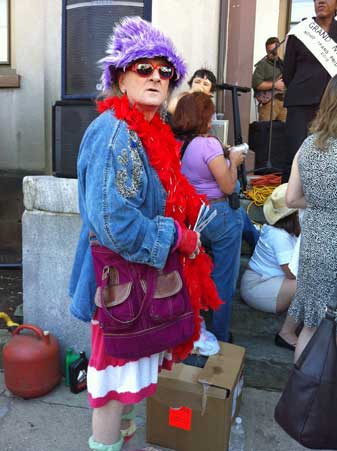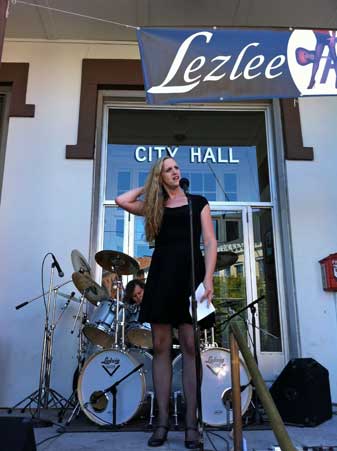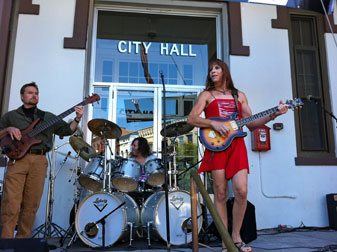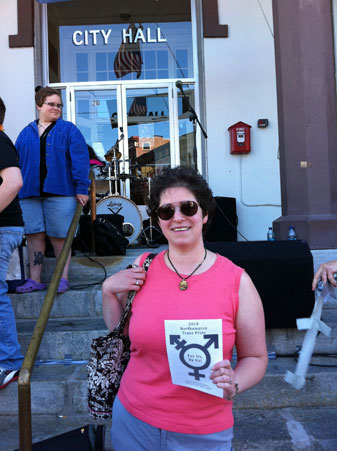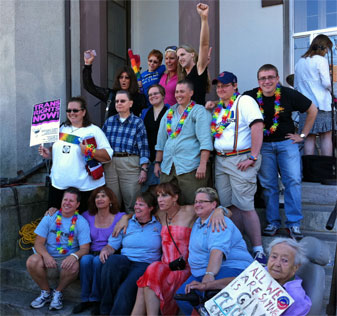Acclaimed New Testament scholar Wayne A. Meeks , formerly of Yale University, has joined the Smith College faculty for this academic year. Local residents have the great opportunity to attend his three-lecture series, “Through the Glass Darkly: Reading the New Testament in a Postmodern World” (schedule here). Earlier this week, I went to the first installment, “The Myth of the Self-Interpreting Text”. It was like oxygen to my starved brain. Since self-ejecting from the evangelical community, I’ve been looking for conversation partners who are serious about Scripture, but also willing to acknowledge the text’s inescapable entanglement with human biases.
Meeks’ first lecture deconstructed the popular phrase “The Bible says…” First of all, which Bible? Christians rearranged the order of books in the Hebrew Scriptures to turn the open-ended story of the people of Israel into a story that led toward a single fulfillment in Christ. The Bibles used by Catholics and Eastern Orthodox include “apocryphal” books (and not even the same ones) that the Protestant version leaves out. The ancient manuscripts discovered at Nag Hammadi, Egypt, in 1945 contain still other non-canonical books, such as the Gospel of Thomas, that were probably in use among early Christian worship communities before the canon was settled in the 4th Century.
Meeks concluded: To talk about “the Bible” is to talk about a community and a tradition that acknowledges it as authoritative. No book is a Bible unless some community uses it as such.
What this means, in practical terms, is that “the Bible” is a contextual and evolving thing. There always have been, and probably always will be, different Bibles coexisting simultaneously, as communities grow and change, merge and split.
As used in today’s shrill political debates, the phrase “the Bible says…” commits what Meeks called the fallacy of textual agency. A text doesn’t say anything. Communities that use the Bible say this or that. (Shades of the NRA slogan: “Guns don’t kill people…people with guns kill people!”) It’s a metaphor–a necessary one, but also one that can be manipulated to conceal human agency, with all its less-than-holy motivations. Meeks said the fundamental mistake is to locate meaning in the text rather than in an appropriate interaction between text and reader. (He promised to offer guidance for non-arbitrary interpretation in a future lecture.) Interpretation has a history, or rather, histories.
So…relativism? Not necessarily. Meeks cited the philosopher Hilary Putnam as saying that what we have to give up is not objectivity but absolutism. We proceed in humility and hope. According to Putnam, once we give up on the Platonic “single meaning” that all interpreters are supposedly trying to snag, and instead see interpretation as an interaction between people, the open-endedness of it is a good thing, not a flaw.
During the Q&A, an audience member observed that the breakdown of interpretive communities is a big part of our current political problem. Our liberal-individualist culture likes to treat religion as personal, but most of the time, it is experienced first as communal, as Meeks’ analysis bears out. Whether we are conscious of it or not, our community and tradition fill in the blanks in the text. Think of all the background knowledge you need in order to understand any book, let alone one that was written by multiple authors over thousands of years! But nowadays, our old denominational communities are dissolving, or losing their authority, and new ones are forming along lines that are more political than religious (“progressive Christians”–look at which word takes priority).
This excellent lecture did not resolve my current spiritual struggles, so much as clarify them and thereby make them more distressing.
I suspect Meeks is more of a liberal than a thoroughgoing postmodernist. He placed more faith in “dialogue” between liberals and fundamentalists than I would. (Yes, these terms are loaded and imprecise. You know what I mean, though.) For what is dialogue, really, but the liberal version of evangelism–not about the contents of the text, but the interpretive method? Dialogue depends on the idea that there are multiple perspectives that each contain some legitimacy–the very premise that fundamentalists reject.
Both liberals and fundamentalists have to admit that there are diverse interpretive communities claiming a relationship to the Bible, but they choose to draw different conclusions from this situation. People who prioritize equality and freedom become liberals, while people who prioritize order and justice become fundamentalists.
A liberal looks at the multiplicity of viewpoints and life experiences, and says, “God would not be so unfair and arbitrary as to give the truth to only a few people and condemn the rest, especially when the truth of spiritual matters is so often opaque.” Therefore, she considers it a moral duty to recognize the contingency and partiality of her own viewpoint, and to be sensitive to the ways that political inequality affects interpretive authority. Her compassion takes the form of respecting others’ freedom to seek God for themselves, based on their unique situations.
A fundamentalist looks at the same picture, and says, “Since God is Truth, He would not leave people without a clear and undeniable truth to follow. Since God is righteous, He doesn’t give us the benefit of the doubt for good intentions. Since God is in charge and we are not, He’s within His rights to save only a few.” Therefore, she is comfortable with the idea that one group could be right and all the others wrong. The contingent historical origins of her viewpoint don’t trouble her, because she’s already accepted the premise that God would have to provide some source of revelation that floats above the uncertainties of the human mind, and she believes she knows what it is. Her compassion takes the form of evangelizing in order to save others from condemnation.
I personally feel that the approach I’ve termed “liberal” is closer to the spirit of Jesus in the Gospels. The Jesus I find there valued people more than texts, constantly challenged social and cultic hierarchies of access to God’s love, and was willing to break out the new wineskins to hold the heady brew that the old forms couldn’t contain.
But of course I would feel that way, since I come from a liberal intellectual Protestant tradition! And if that wasn’t the Jesus I found in the Bible…I wouldn’t be a Christian.
So are my evangelical friends right that I am putting politics ahead of faith–elevating my own preferences over God’s word?
Is it possible to do anything else?
